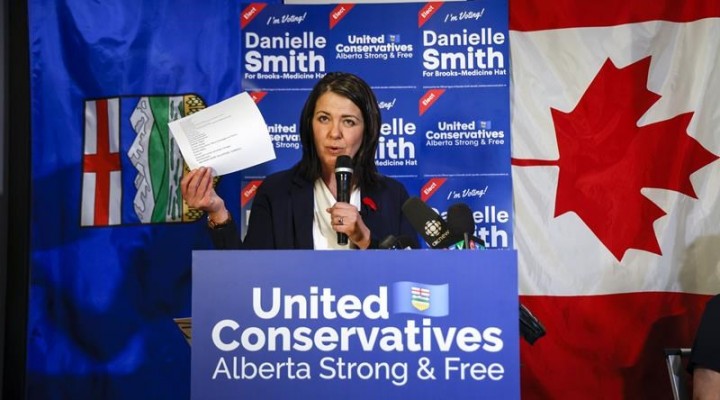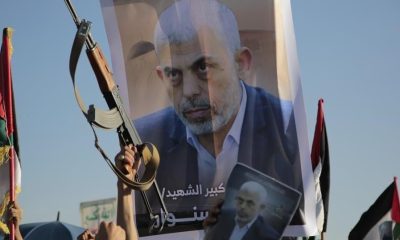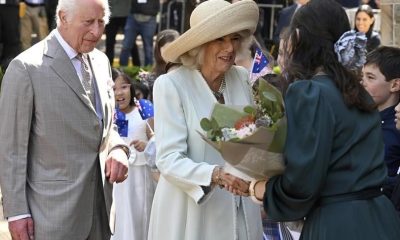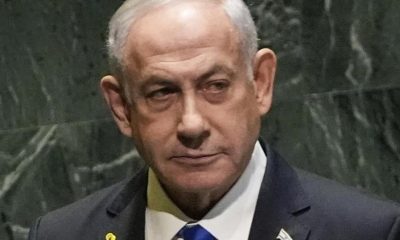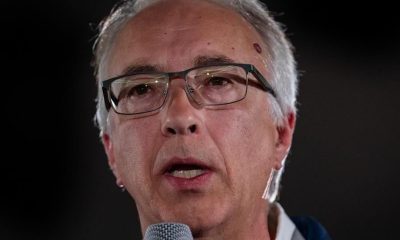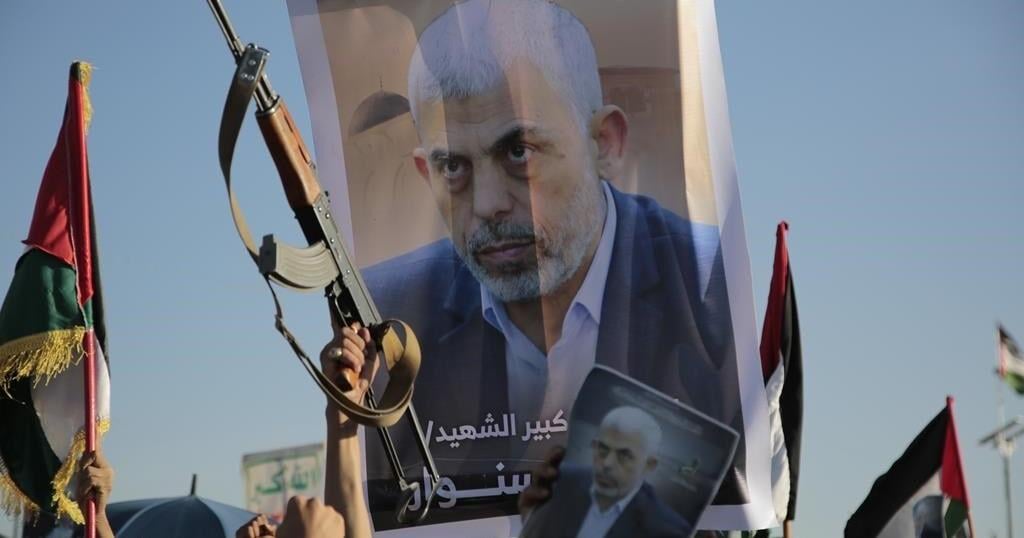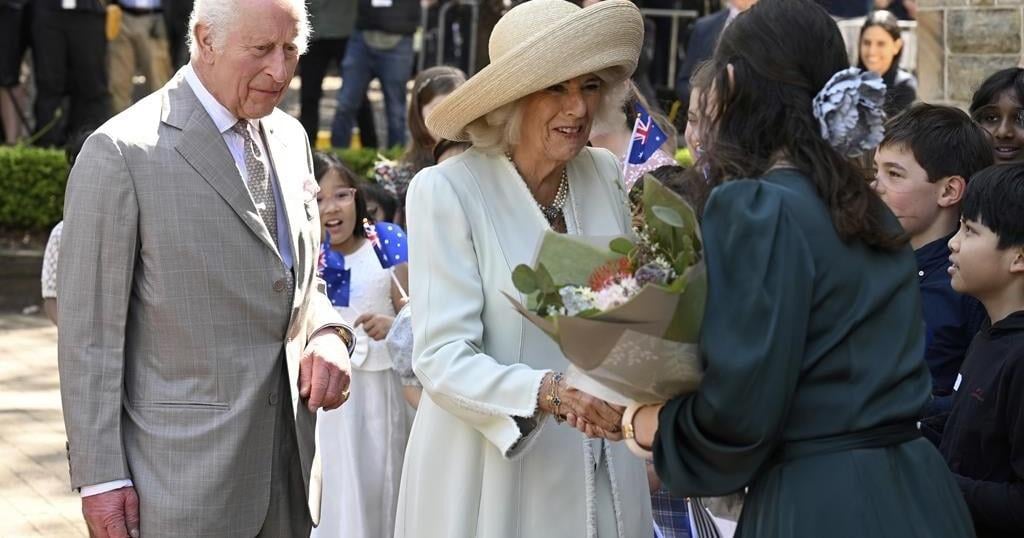The world’s final glimpse of Hamas’ leader was rough and raw, showing him wounded and cornered as he sat in a bombed-out Palestinian home and faced down the Israeli drone filming him, hurling a stick at it.
For Israel, the scene was one of victory, showing Yahya Sinwar, the architect of Oct. 7, broken and defeated.
But many in the Arab and Muslim world — whether supporters of Hamas or not — saw something different in the grainy footage: a defiant martyr who died fighting to the end.
Clips from the released drone footage went viral on social media, accompanied by quotes from Sinwar’s speeches in which he declared that he would rather die on the battlefield. An oil painting of a masked Sinwar sitting proudly on an armchair was widely shared, apparently inspired by the last image of him alive.
“By broadcasting the last minutes of the life of Yahya Sinwar, the occupation made his life longer than the lives of his killers,” Osama Gaweesh, an Egyptian media personality and journalist, wrote on social media.
In Gaza, reactions to Sinwar’s death were mixed. Some mourned his killing, while others expressed relief and hope that it could bring an end to the devastating war triggered by the Oct. 7, 2023, Hamas attack on Israel that he is said to have directed. Across the Arab and Muslim world, and away from the devastation in Gaza, opinions varied.
One thing, though, was clear. The footage was hailed by supporters and even some critics as evidence of a man killed in confrontation who at least wasn’t hidden in a tunnel surrounded by hostages as Israel has said he was for much of the last year.
Three days after he was killed, Israel’s military dropped leaflets in south Gaza, showing another image of Sinwar lying dead on a chair, with his finger cut and blood running down his forehead. “Sinwar destroyed your lives. He hid in a dark hole and was liquidated while escaping fearfully,” the leaflet said.
“I don’t think there is a Palestinian leader of the first rank who died in a confrontation (like Sinwar), according to what the leaked Israeli version shows,” said Sadeq Abu Amer, head of the Palestinian Dialogue Group, an Istanbul-based think tank.
Sinwar’s demise was different
Unlike Hamas political leader Ismail Haniyeh, who was killed in his hotel room in Iran, or the leader of Lebanon’s Hezbollah group Hassan Nasrallah, bombed in an underground bunker by dozens of massive munitions, Sinwar was killed while apparently fighting Israeli forces, more than a year after the war began.
Iran, the Shiite powerhouse and a main backer of Hamas, went further. It contrasted Sinwar’s death with that of former Iraqi President Saddam Hussein, Tehran’s archenemy.
In a statement by Iran’s U.N. Mission, it said Saddam appeared disheveled out of an underground hole, dragged by U.S. forces while “he begged them not to kill him despite being armed.” Sinwar, on the other hand, was killed in the open while “facing the enemy,” Iran said.
In a strongly worded statement, the Cairo-based Al-Azhar, the highest seat of Sunni Muslim learning in the world, blasted Israel’s portrayal of Sinwar as a terrorist. Without naming Sinwar, the statement said that the “martyrs of the resistance” died defending their land and their cause.
In Israel, the army’s Arabic-speaking spokesperson, Avichay Adraee, described Sinwar as “defeated, outcast, and persecuted.” Many celebrated the news of the killing of the architect of the Oct. 7 attack.
Video posted online showed a lifeguard on a Tel Aviv beach announcing the news to applause, while Israeli media showed soldiers handing out sweets. Residents of Sderot, a town that was attacked by Hamas militants, were filmed dancing on the streets, some wrapped in Israeli flags. On Telegram, some shared pictures of a dead Sinwar, likening him to a rat.
But there were also protests from families of hostages and their supporters who want Israeli leaders to use the moment to bring the hostages home.
Some are energized, not demoralized
Susan Abulhawa, one of the most widely read Palestinian authors, said the images released by Israel were a source of pride. Israel “thought that publishing footage of Sinwar’s last moments would demoralize us, make us feel defeat,” she wrote on X. “In reality, the footage immortalizes Sinwar and galvanizes all of us to have courage and resolve until the last moment.”
In the Palestinian territories and Lebanon, some remembered him with respect, while others expressed anger.
“He died as a fighter, as a martyr,” said Somaia Mohtasib, a Palestinian displaced from Gaza City.
For Saleh Shonnar, a resident of north Gaza now displaced to the center, tens of thousands of Palestinians were killed. “Hundreds, tens of senior leaders were martyred and replaced with new leaders.”
In Khan Younis, Sinwar’s birthplace, mourners in a bombed-out mosque recited the funeral prayer for a Muslim when the body is missing. Israel has kept Sinwar’s body. Dozens of men and children took part in the prayers.
And in Wadi al-Zayne, a town in Lebanon’s Chouf region with a significant Palestinian population, Bilal Farhat said that Sinwar’s death made him a symbol of heroic resistance.
“He died fighting on the front line. It gives him some sort of mystical hero aura,” Farhat said.
Some Palestinians took to X to criticize Sinwar and dismiss his death in comparison to their own suffering. One speaker on a recorded discussion said there is no way of telling how he died. Another blamed him for 18 years of suffering, calling him a “crazy man” who started a war he couldn’t win. “If he is dear, we had many more dear ones killed,” one yelled.
In the long run, the think tank’s Abu Amer said that the effect of the support and empathy for Sinwar after his death is unlikely to change the Arab public’s view of Oct. 7 and what followed.
“Those who supported Oct. 7 will continue to, and those who opposed Oct. 7 — and they are many — will keep their opinions, even if they show sympathy or admiration for him. Most Palestinians are now focused on ending the war,” he said.
___
Fatma Khaled reported from Cairo. Julia Frankel and Ibrahim Hazboun in Jerusalem, Edith M. Lederer at the United Nations, Amir Vahdat in Tehran, Iran, Sally Abou AlJoud in Beirut, and Wafaa Shurafa in Deir al-Balah, Gaza Strip, contributed to this report .

